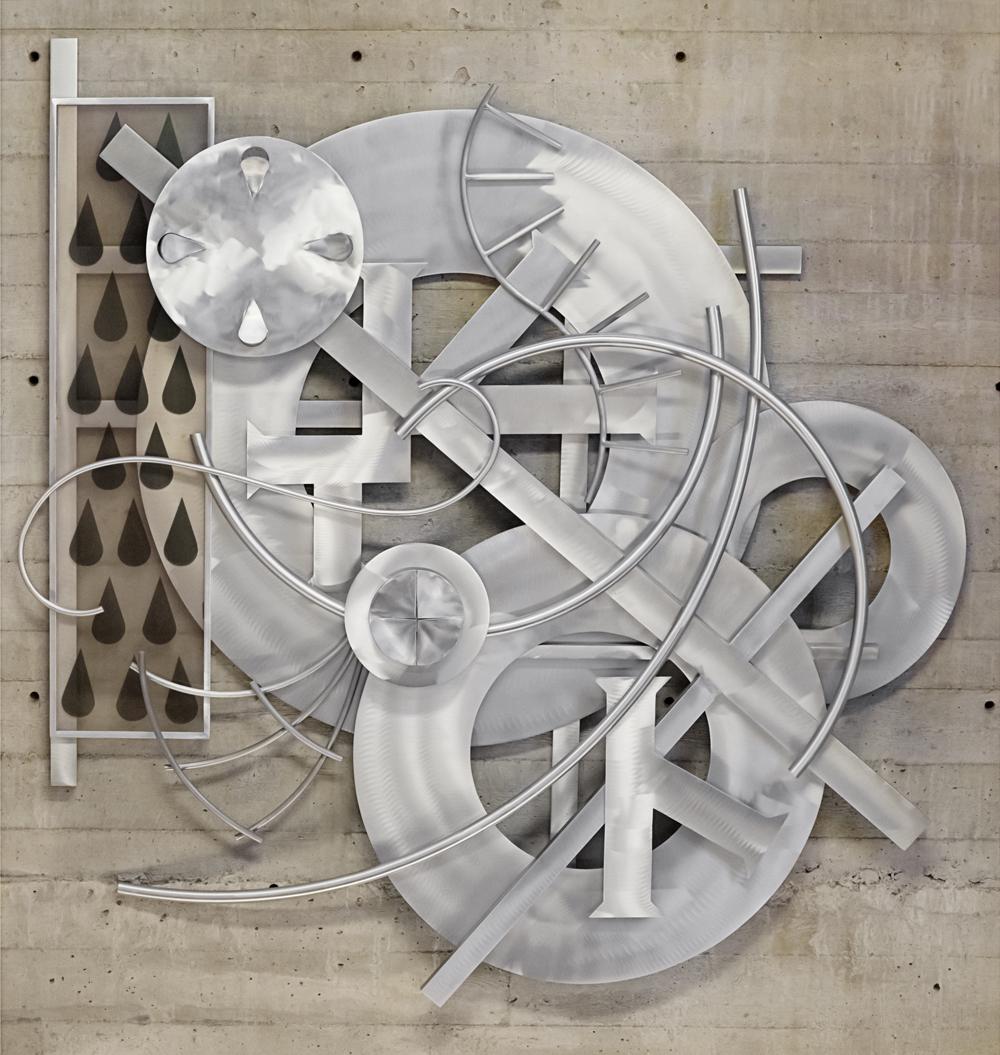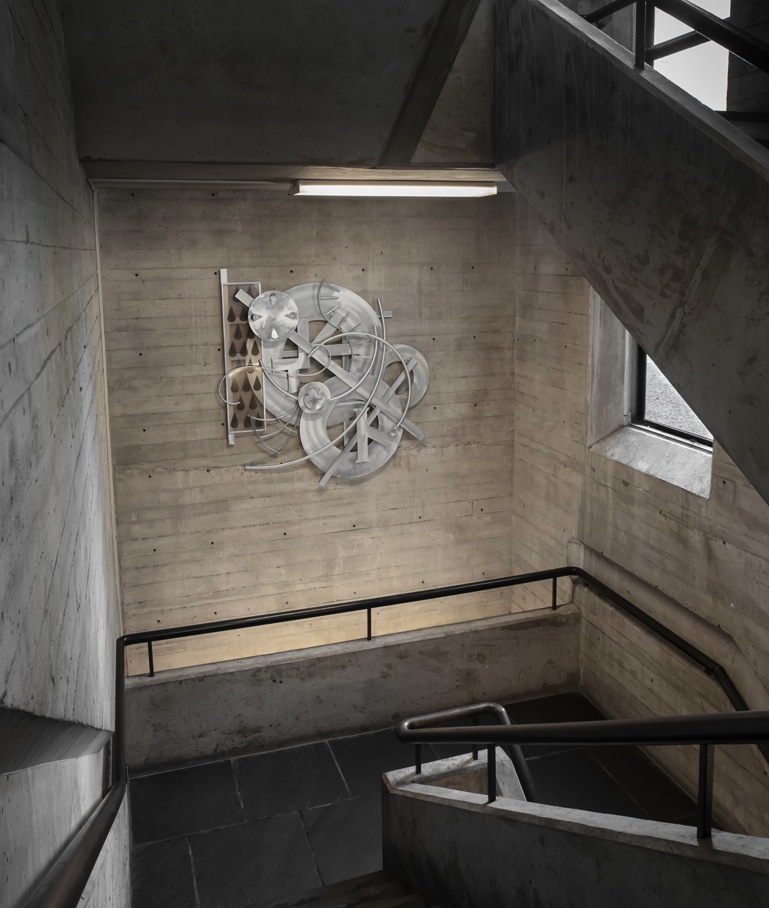A more typical look at the camera room
July 11, 2014 by lelgin | Comments Off on A more typical look at the camera room
Since I often concentrate on more involved or difficult setups, I thought it might be good to take a look at a setup that we are most likely to encounter at DPS on a day-to-day basis. This image shows an album of watercolors depicting the uniforms of European soldiers from 1791-1808, and represents just one of the over 25,000 digitized objects from the Prints, Drawings and Watercolors from the Anne S.K. Brown Military Collection, one of the foremost American collections of material devoted to the history and iconography of soldiers and soldiering. This is our basic reprographic setup: our digital back is mounted on a specialized lens; and two softboxes (only one pictured) are positioned at the same angle to, and equidistant from, the shooting platform.
We have multiple ways that we can approach digitizing a bound volume. Depending on its size and condition, we have different book cradles that we can use to either provide non-invasive, gentle support to a fragile book, or to lightly press open and flatten the pages of more robust, tightly-bound items. Because this book was relatively small, and bound very loosely, I chose to simply lay it flat on the platform (which is covered in 1/2″ thick foam core) and use a foam wedge to support the opposite side of the book. To keep the foam in place, I used a covered brick placed directly behind the foam. Here, the image (from the reprographic camera’s point of view) shows that I’m photographing the back of an illustration; we generally photograph both the front and back of all our materials.
We also make sure to include a target in each image. You’ll notice I’m using a medium-sized target made by Image Science Associates here, sitting atop a thin wood block. It’s important to keep the target in focus as I move through the book, which means that the target must be the same distance from the camera as the page that I am photographing. We use a variety of tools to make sure the target and page are the same distance from the camera – foam, wood blocks, etc., – and you can see my extra, smaller target as well as additional blocks I have at the ready as I move through the pages of the book.
I should note that while this is a more typical setup, each object presents its own set of requirements to both care for the actual item but also produce the best quality, most viable digital image possible. Some are certainly more straightforward than others, and some come with surprises like folds that won’t settle or rippling pages. Our setup will start basically the same (support the object, correct focus and lighting) and then we move, with adjustments here and there, to the final product.














